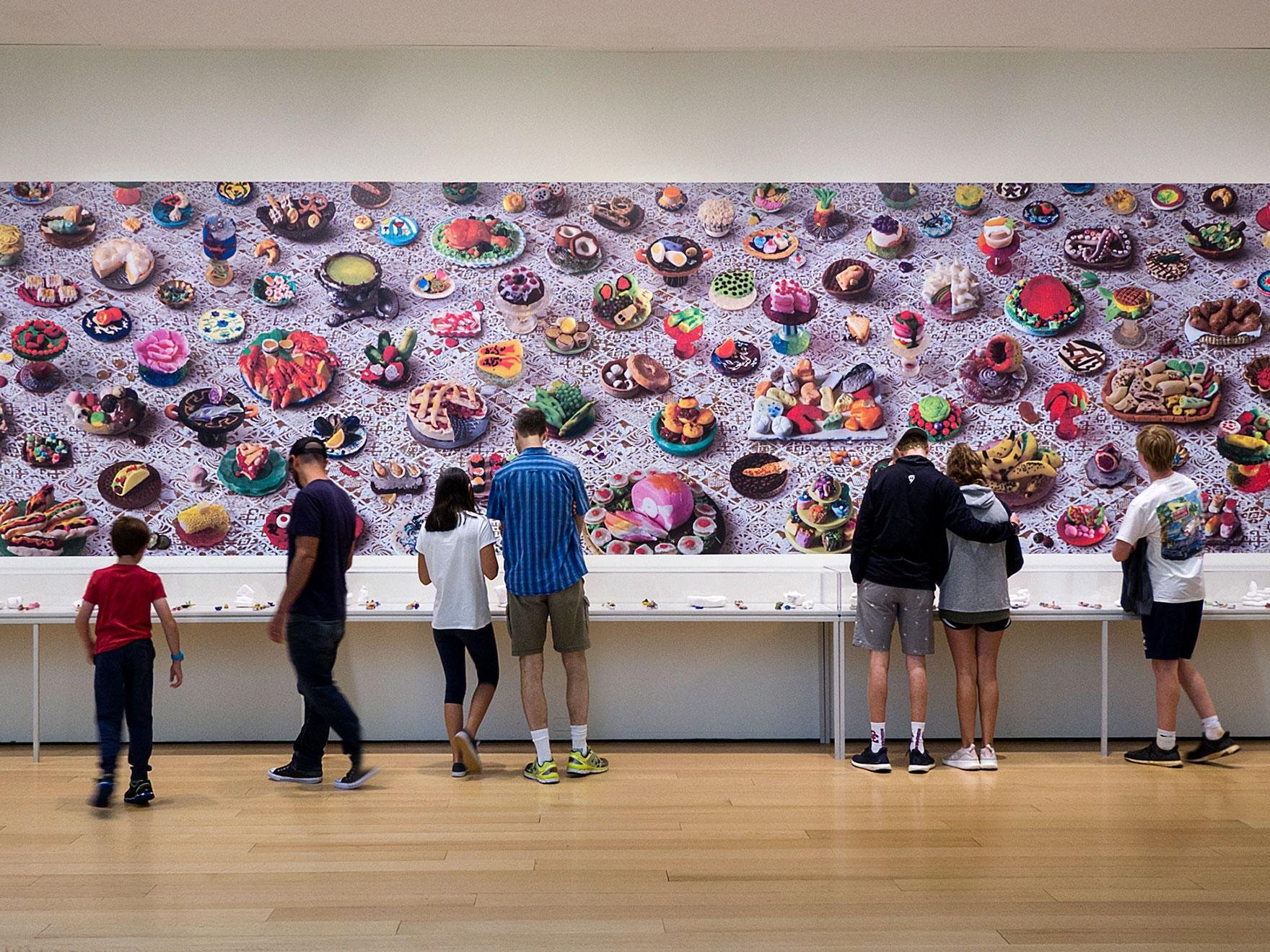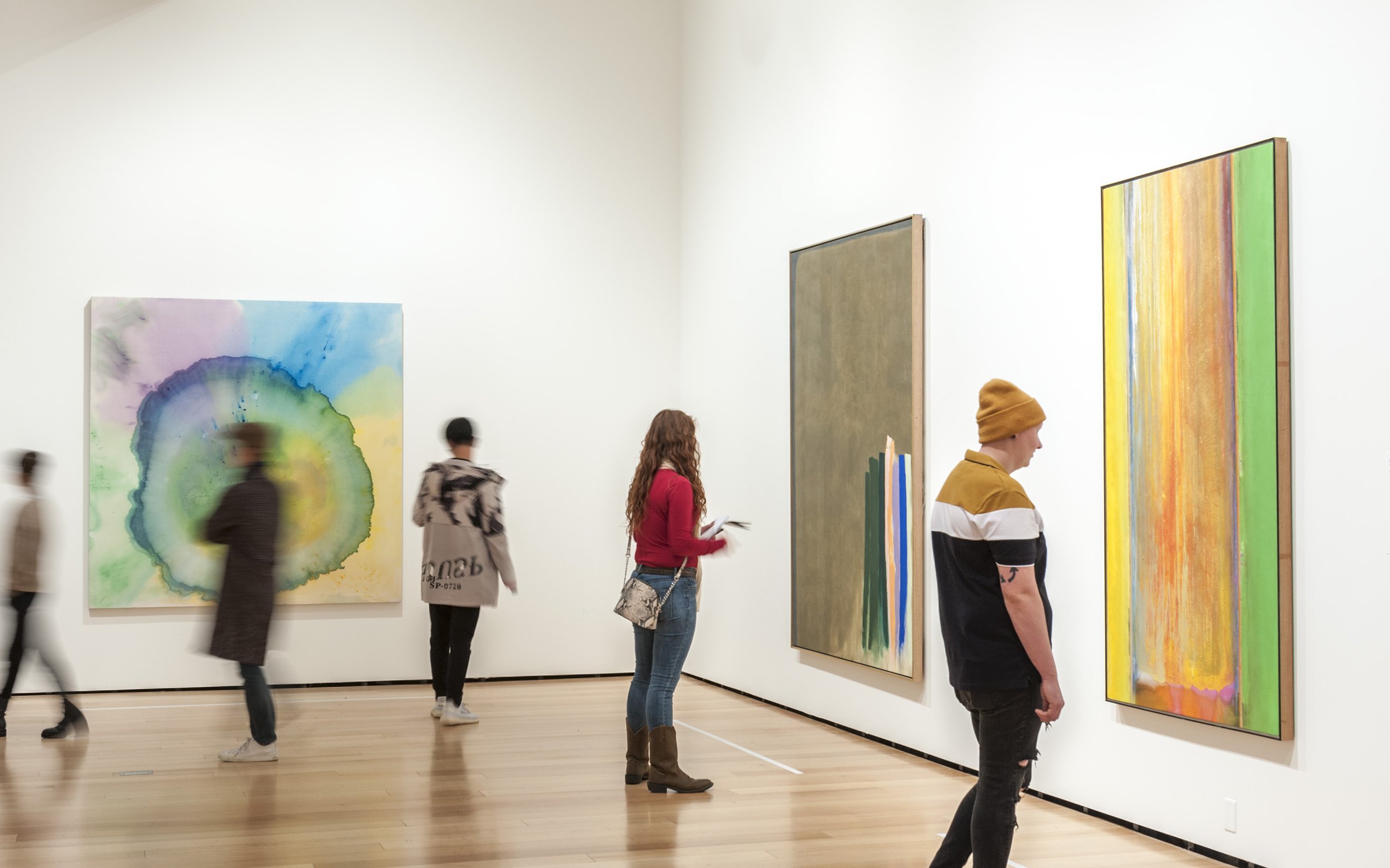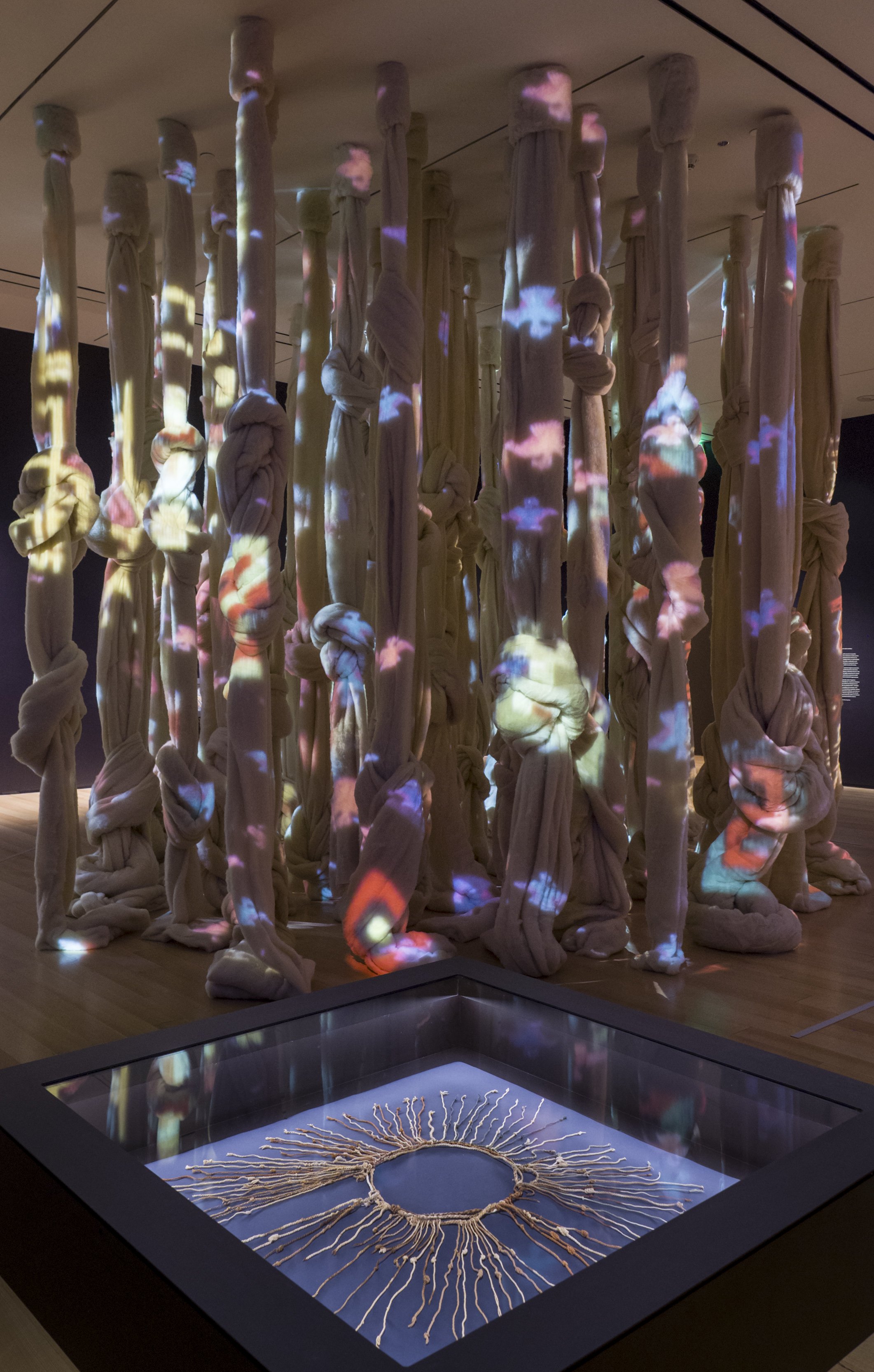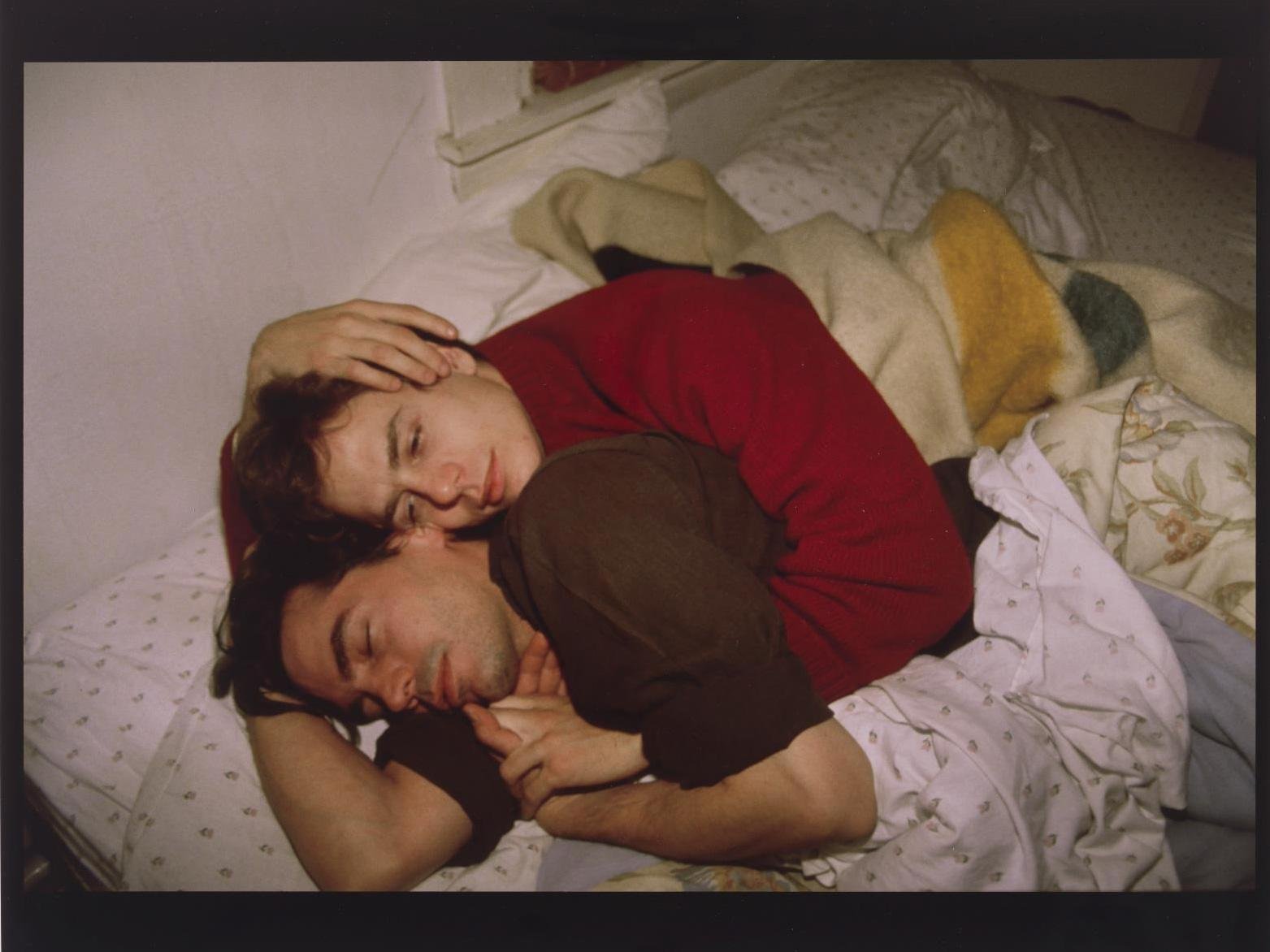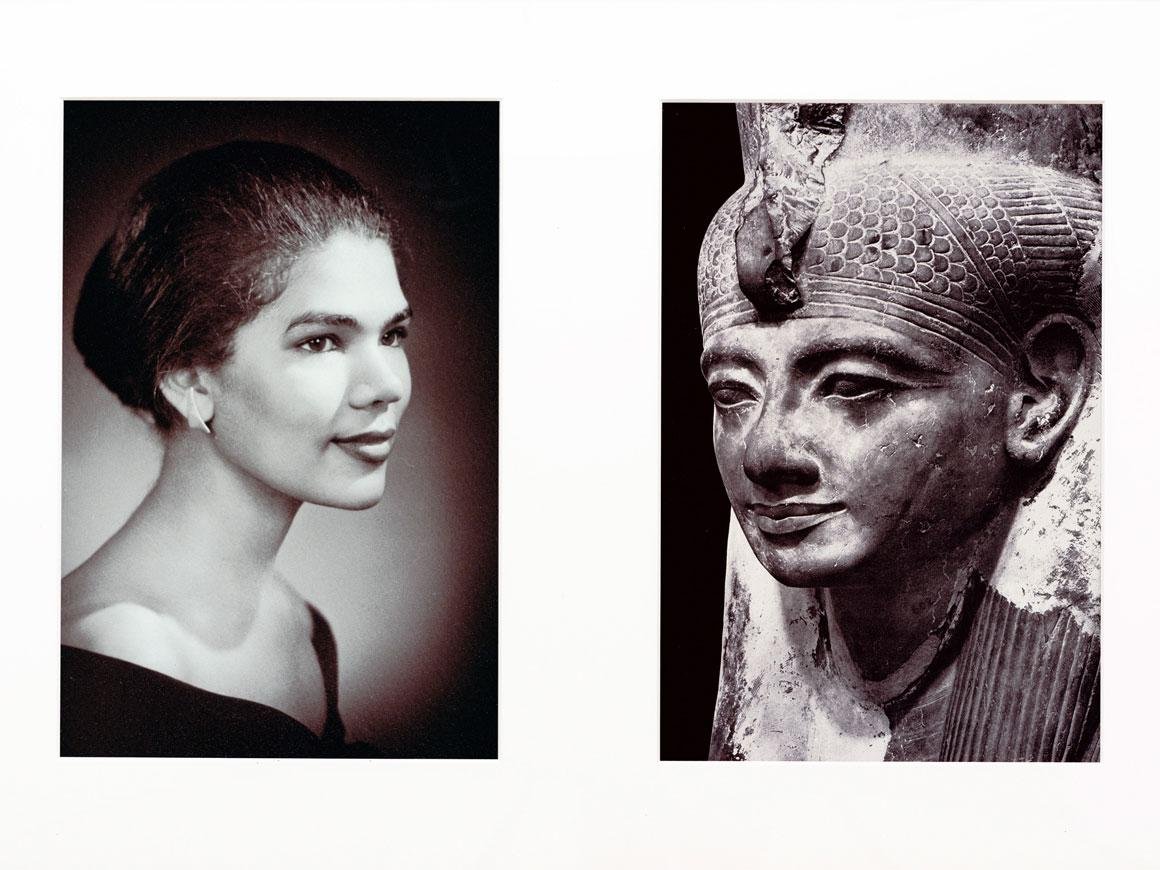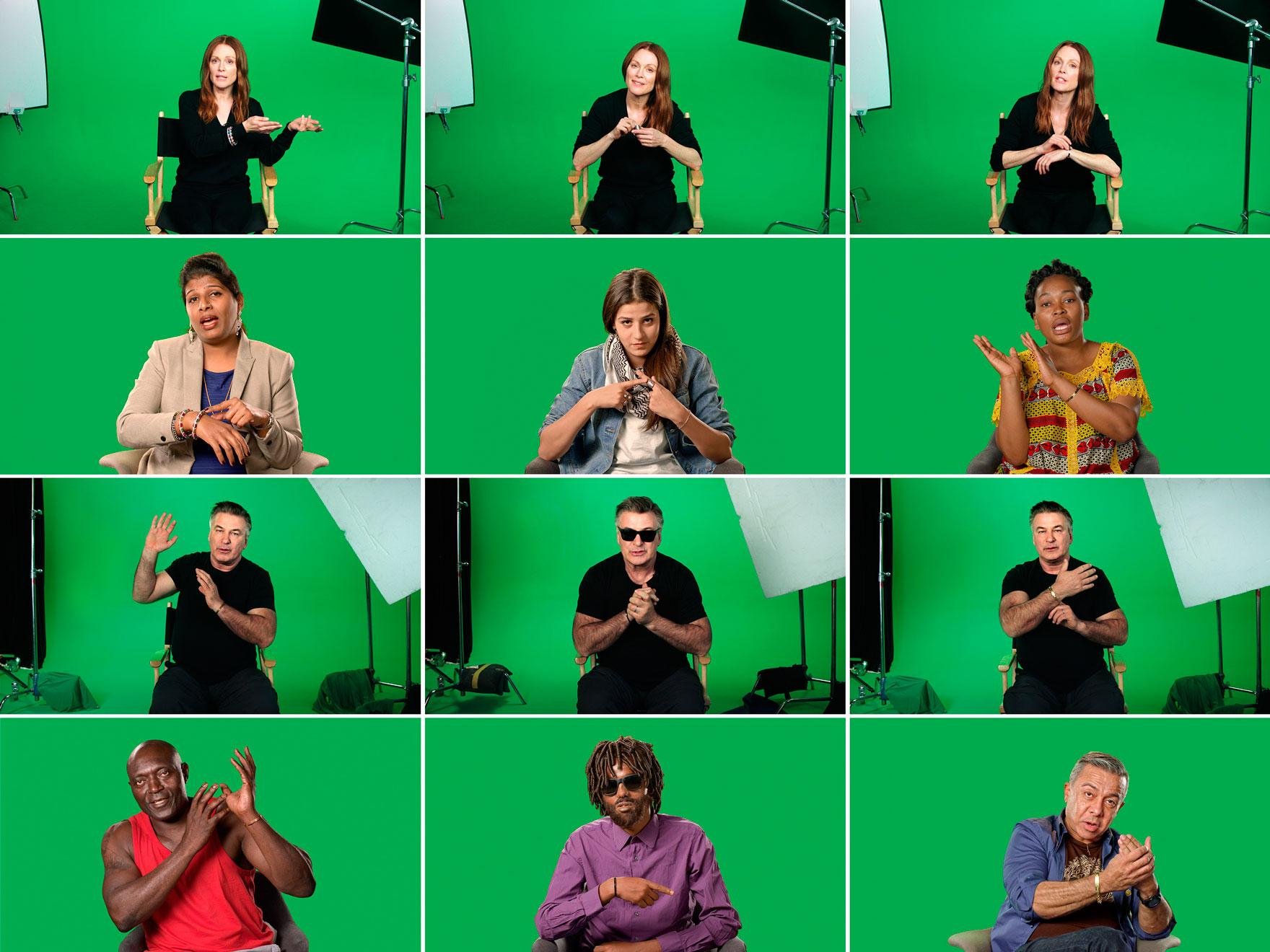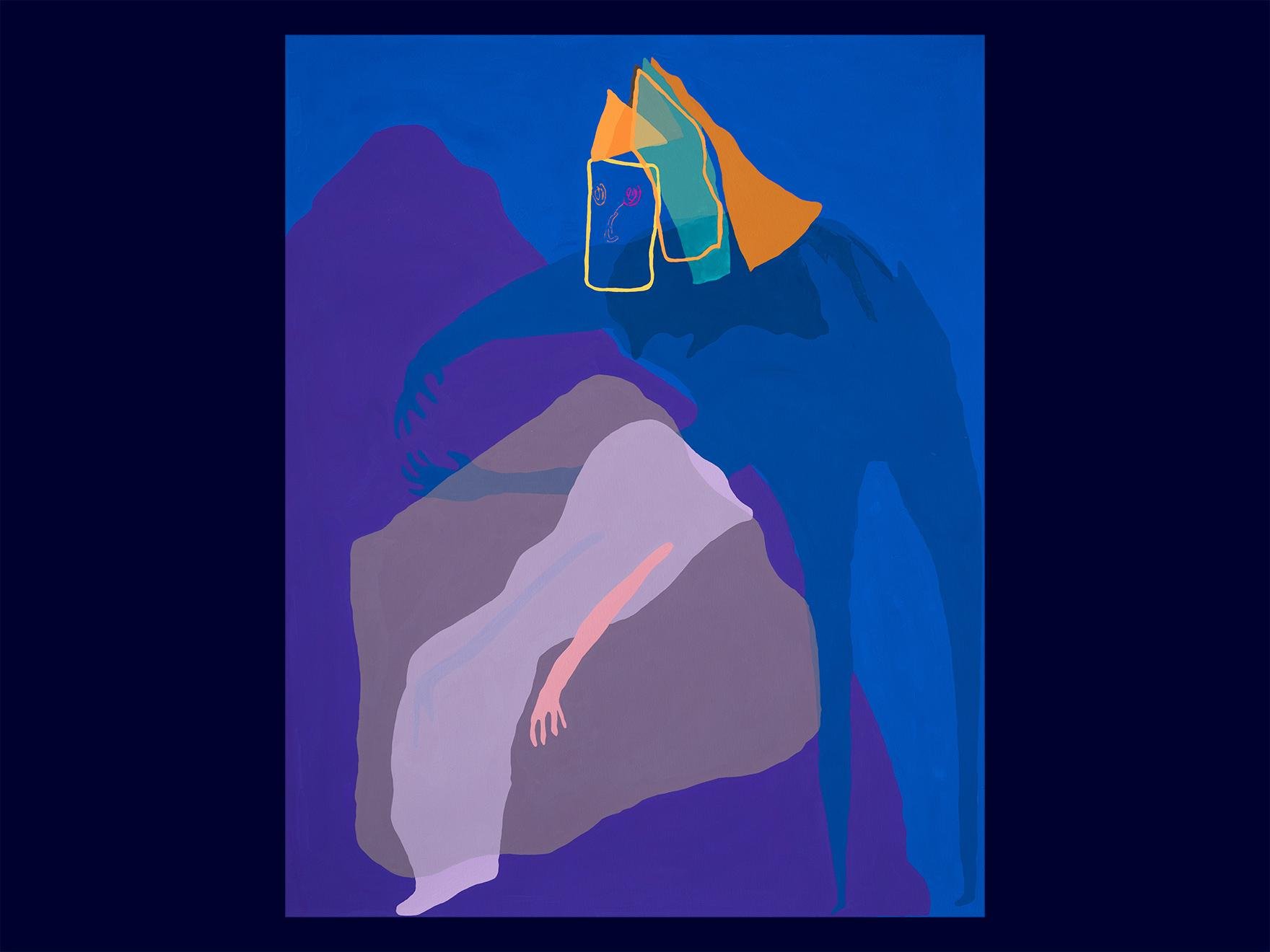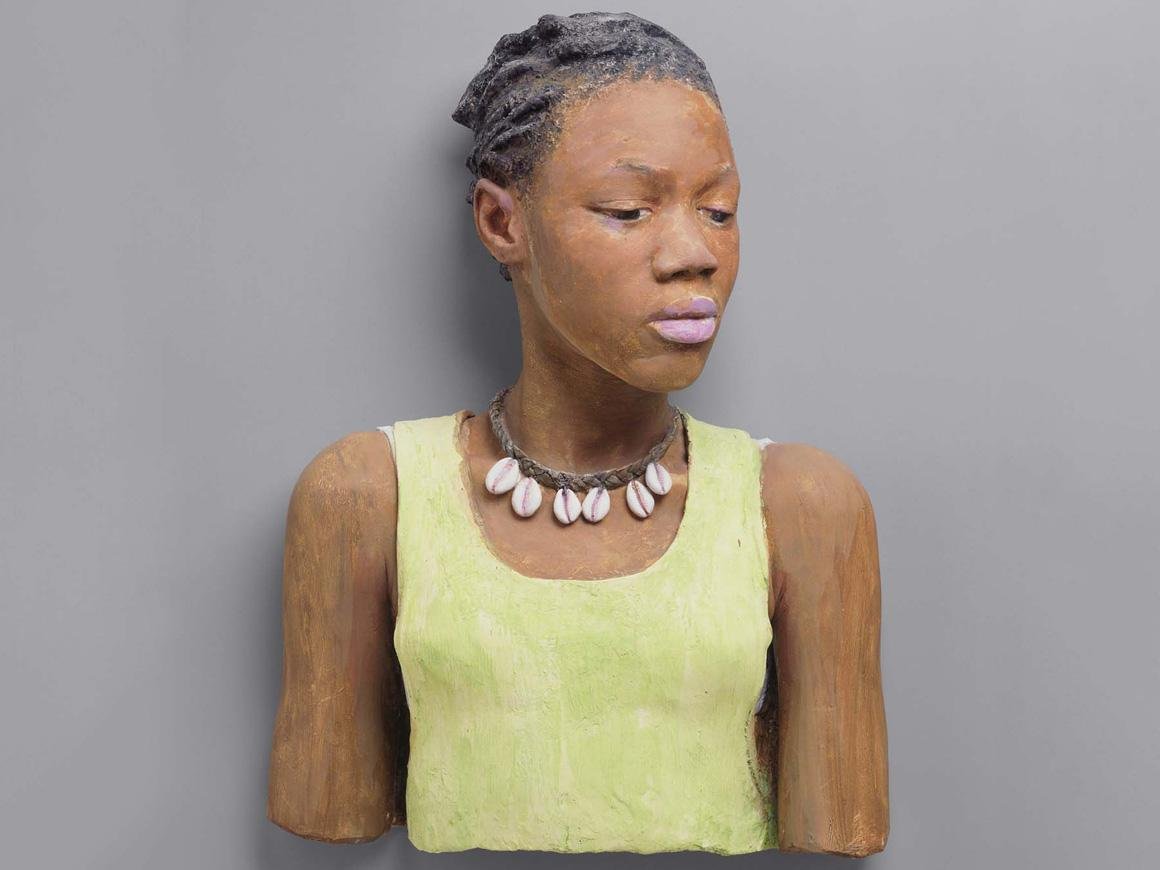Current EXHIBITIONS
Waste Not, Want Not: Craft in the Anthropocene
Fuller Craft Museum
December 21, 2024–September 21, 2025
Waste Not, Want Not: Craft in the Anthropocene brings together contemporary artworks created from previously existent materials to reimagine craft in the shadow of the twenty-first century. Using second-hand discards or industrially manufactured materials, artists transform pre-used objects into reflective meditations on the current era's social, political, and ecological conditions. Creating from second-hand textiles, wood, ceramics, and less traditional materials like cardboard, plastic, and rubber inner tubes, the artists featured in Waste Not, Want Not present a way forward, towards studio practices centered on care and resistance through materiality. Together, the works reveal how artists employ craft techniques and knowledge to reimagine the artist's role in the twenty-first century—and how reuse is just one facet of a desperately needed response to the Anthropocene.
RECENT Curatorial projects
Beyond the Surface: Contemporary Artists and Printed Textiles
Schweinfurth Art Center
August 31–October 20, 2024
Beyond the Surface: Contemporary Artists and Printed Textiles features more than 75 works by a diverse group of eight artists who challenge conventional expectations of printed textiles within contemporary art. Using various techniques and materials, these artists transform fabric-based prints into meditations on personal, political, and social conditions. Their work expands notions of what a printed textile is and can be within a fine art context, revealing the possibilities for conceptual expression and meaning that uniquely exist in the overlap between media. In Beyond the Surface, each artist delves into the nuances of their conceptual and material concerns, richly contributing to an exhibition-wide dialogue about printed textiles as an expansive mode of contemporary artistic practice.
virtually Tour the exhibition here
The Unseen Self
Textile Culture Net
December 4–8, 2023
The Unseen Self features contemporary textile artworks about identity and “self,” which extend beyond traditional portraits. Through unexpected, layered, and mercurial representations, these artists and artworks question the authenticity of a definable, stable personhood while expanding upon what can be considered a “portrait” in the formal sense.
Traditional Portraiture is a well-established area of artistic production in the fine and applied arts. Yet, however lifelike formal portraits may be, these images are still an artist’s creation of an identity. Made to be viewed by an audience, portraits can reveal varying and conflicting realities about the sitter and the artist, including personal, political, social, and economic motivations. Portraiture has become an even more complicated negotiation of imagery and identity in the twenty-first century. Living during an age when images of self and others are ample, how do we choose to negotiate and express individuality?
In The Unseen Self, artists access memory, dreams and fantasy, desires, mythic personas, and relationships to understand and illustrate identity. Using textiles and time-consuming methods, their “portraits” grow through deliberate acts of care that echo the intimate process of developing a sense of self or getting to know another person deeply. These artworks reveal that notions of individuality, identity, and “self” cannot be confined to one moment, method, or meaning.
Anne Lindberg: what color is divine light?
The George Washington University Museum and The Textile Museum
February 4–December 22, 2023
Across many religions, light is used as a symbol of divine presence on Earth. Inspired by an eponymous 1971 essay, Anne Lindberg transformed the museum’s third-floor gallery into a site-specific installation that explores the question, “What color is divine light?”
Scientists have determined that between complementary colors exist colors the eye and brain cannot perceive, called “impossible” colors. “It’s the intangible, the imaginary, the mysterious, unnamed space between… although our eyes/brains can’t actually see the colors between, we feel them, we sense them,” states Lindberg. “The divine, like these colors, is unnamable, untouchable, intangible.”
Set against lavender walls, what color is divine light? contains thousands of fine chromatic threads in complementary yellow and blue colors – creating a cloud of color that evokes light itself. Lindberg’s installation invites visitors to gather and reflect: If divinity could be experienced as a physical presence, what might it look like? Sound like? Feel like? What color is divine light?
RINGGOLD | SAAR: MEETING ON THE MATRIX
David C. Driskell Center for the Study of the Visual Arts and Culture of African Americans and the African Diaspora at the University of Maryland, College Park
January 26–May 22, 2023
For decades, Faith Ringgold (b. 1930) and Betye Saar (b. 1926) have incorporated printmaking as a vital component of their multidisciplinary practices, yet their mutual connection to printmaking remains underrecognized. RINGGOLD | SAAR: Meeting on the Matrix highlights the print work of these two landmark artists, providing a window into the material and conceptual explorations at play in their distinct practices. Both artists have uniquely utilized the matrix—the printmaking surface which transfers ink onto paper or fabric—as a site of possibilities for experimentation, storytelling, and activism.
Through this unique and multivalent medium, two legacies meet and continue to inspire. RINGGOLD | SAAR: Meeting on the Matrix places the prints of these two artists in thematic and formal conversation to cast each other's work in a new, dynamic light while simultaneously emphasizing the singular power of each artist's contributions to the medium.
This exhibition was collaboratively curated by graduate students in the University of Maryland Department of Art History and Archaeology, including: Maura Callahan, Ashley Cope, Montia Daniels, Joohee Kim, Caroline Kipp, Cléa Massiani, Maggie Mastrandrea, Dominic Pearson, Gabrielle Robinson-Tillenburg, with support from Dr. Jordana Moore Saggese and the Driskell Center staff. For further historical, thematic context to the exhibition and the intersecting practices of both artists, the curators created a compendium website containing additional prints from the Center’s collection, essays, interactive features, audio tours, and archival materials, forming connections between key works, in and beyond the gallery. Please visit black-printmaking.artinterp.org/ or driskellcenter.umd.edu for more information.
Light & Shadow
Shelter in Place Gallery
June 14–30, 2021
In life and in art, you can’t have light without the dark. Across every imaginable medium artists throughout history have explored the themes of light and dark visually, or in the content of the work itself. The radiance of light has expressed spiritual illumination, and the thirst for transcendence. Darkness, the unknowable and frightening within ourselves and the world. In Light & Shadow, the featured artworks bridge the dichotomy, and rest in that generative space between.
Over the course of two weeks, the gallery rotated through solo-exhibitions of five artists: Christina Bothwell, Anne Lindberg, Leigh Suggs, Walker T. Roman, and Yétúndé Olagbaju. Shelter in Place Gallery is a miniature space housed in Boston, and can only be visited virtually via their Instagram and website.
Throughout the exhibition a concurrent print sale and an auction fundraised for CERF+, to help those who need some light in the dark. CERF+ was started by artists for artists in the craft community as a grassroots mutual aid effort in 1985 and has since emerged as the leading nonprofit organization that uniquely focuses on safeguarding artists’ livelihoods nationwide. Funds raised from the print sale were matched by an anonymous donor, and added to the COVID-19 Response Fund at CERF+, to support their continued valuable work. If the past year has taught us anything, it is that without one another, there is no light.
Excellence in Fiber VI
Fiber Art Network and New Bedford Art Museum
December 1, 2020–March 28, 2021
Fiber Art Network/Fiber Art Now and New Bedford Art Museum/ArtWorks! (NBAM) present Excellence in Fibers VI, an online exhibition sponsored by Fiber Optic Center. View 52 outstanding works of art from over 1100 entries in the categories of installation, vessel, wall/floor, sculptural, and wearable.
Co-Juried exhibition with Lisa L. Kriner, former President of the Textile Society of America and Professor of Art at Berea College
Women Take the Floor
Museum of Fine Arts, Boston
September 13, 2019–November 28, 2021
Women Take the Floor challenges the dominant history of 20th-century American art by focusing on the overlooked and underrepresented work and stories of women artists. This reinstallation—or “takeover”—of Level 3 of the Art of the Americas Wing advocates for diversity, inclusion, and gender equity in museums, the art world, and beyond. With more than 200 works drawn primarily from the MFA’s collection, the exhibition is organized into seven thematic galleries. Interactive programming creates a dynamic space that welcomes visitor participation, and new rotations of artwork introduced over the run of the exhibition ensure that new voices and perspectives are available on each return visit.
Beyond the Loom: Fiber as Sculpture
September 13, 2019–December 8, 2020
The first rotation in this gallery featured the work of early pioneers of fiber art—Lenore Tawney, Sheila Hicks, and Olga de Amaral—who radically redefined textiles in the 1960s and ’70s with monumental sculptures that engaged with contemporary art movements such as Minimalism.
Subversive Threads
February 8, 2021–November 28, 2021
This installation focused on contemporary artists using the medium of textiles (embroidery, weaving, printed fabric, and quilts) to challenge notions of identity, gender, and politics. Highlights included work by Sonya Clark, Gina Adams, Carla Fernandez, and Erin Robertson.
Co-Curated gallery with Lauren Whitley, former Senior Curator in the Textiles and Fashion Arts Department, MFA Boston
Community Arts Initiative: Mindful Mandalas
Museum of Fine Arts, Boston
May 18–October 14, 2019
Mindful Mandalas presents a constellation of small personal mandalas created by young artists and mounted in three 12-foot-tall mandalas painted by Sneha Shrestha. Inspired by cultural practices of her native Nepal, Shrestha invited children to process their thoughts and feelings with the goal of finding inner peace through reflection, meditation, and the contemplation of selected artworks at the MFA.
The installation is paired with several related contemporary artworks from the MFA's collection by Yayoi Kusama, Annette Lemieux, and others, as well as a video documenting the creation of the mandalas.
Jack Bush: Radiant Abstraction
Museum of Fine Arts, Boston
November 17, 2018–April 21, 2019
With lush, bold colors and a whimsical playfulness, Jack Bush endeavored to capture what he called the “essence” and “feeling” of what he was experiencing or observing—such as a beautiful flower or a piece of music. A member of Painters Eleven, an influential group of Canadian artists founded in 1954 that worked to promote abstract art, by the 1960s Bush had established himself as one of Canada’s leading contemporary artists. Inspired by modern master Henri Matisse and American Color Field painters like Helen Frankenthaler and Morris Louis, Bush intended for his radiant abstractions to evoke an emotional experience of jubilant beauty. Like many of his paintings, Striped Column (1964), pictured above, prompts a joyful response through its vibrant palette and sensitively brushed, velvety surface. “What I’d really like to do is hit Matisse’s ball out of the park,” Bush said to his peer and friend Kenneth Noland. “Go ahead,” Noland replied. “Matisse won’t mind at all.”
Jack Bush: Radiant Abstraction celebrates an artist whose sense of color, use of abstraction, and method of working ranks him among the most acclaimed Color Field painters of the 1960s and 70s. The exhibition features three canvases spanning 10 years of Bush’s career, from 1964 through 1974, encapsulating the range of his late style and illustrating the artist’s development over the last decade of his life. With their abstracted forms and colors, the works express the joy that Bush sought to share with his viewers.
Community Arts Initiative: Endless Feast
Museum of Fine Arts, Boston
May 12–October 14, 2018
Over a seven-month period, young artists from the Museum’s ten Community Arts Initiative (CAI) partners in the Boston area collaborated with artist Rhonda Weppler to create a large-scale installation that explores the interconnection of food and culture. The installation is paired with several related contemporary artworks from the MFA's collection by John Cederquist, Robert Dawson, and others, as well as a video documenting the creation of the mandalas.
Perception is the medium
Museum of Fine Arts, Boston
March 3–June 24, 2018
ASSISTED / PROJECT MANAGED / contributed research
Contemporary Art: Five Propositions
Museum of Fine Arts, Boston
October 26, 2019–March 12, 2020
Museum collections are shaped over time by many people with individual perspectives. Through five thematic groupings, this exhibition seeks to rethink the stories that can be told with the MFA’s collection of contemporary art. The groupings address a range of topics, including artistic process, complex relationships between humans and the natural world, the body, materials, identity, and notions of utopia. Sidestepping traditional art historical narratives, the installation pinpoints certain strengths—and, in doing so, sometimes reveals the blind spots—of the MFA’s collection of contemporary art.
Works created as long ago as 1899 join those made as recently as 2019; many that have not been on view in years—or ever—are juxtaposed with recent acquisitions and key loans from private collections, as well as cornerstones of the Museum’s holdings. Highlights include a newly commissioned, site-specific installation by Lucy Dodd; recently acquired works by Simone Leigh, Julia Phillips, Odilon Redon, Vivian Suter, and Cecilia Vicuña; and rarely shown objects from the MFA’s holdings by pivotal yet under-recognized artists like Frank Bowling, Joan Brown, Georg Herold, and Bob Thompson.
Together, the five groupings explore some of many ways to think about the MFA’s collection of contemporary art in the present, and challenge us to consider new possibilities for its future growth and interpretation.
Gender Bending Fashion
Museum of Fine Arts, Boston
March 21–August 25, 2019
From the runways to the streets, designers and wearers today are upending traditional ideas about men’s and women’s clothing. But those trends in American and European fashion are not new. This exhibition looks across a century of haute couture and ready-to-wear fashion that has challenged rigid, binary definitions of dress. It features more than 60 boundary-pushing designs, presenting the work of groundbreaking contemporary designers—including Rad Hourani, Jean Paul Gaultier, Alessandro Michele for Gucci, Palomo, and Rei Kawakubo—in the context of historical trends like the garçonne look of the 1920s and the peacock revolution of the 1960s.
Gender Bending Fashion examines a rich history of fashion disrupting, blurring, and redefining conventions and expectations around the relationship between gender and dress. At the same time, the garments on view can speak more broadly to societal shifts across the past century—including changing gender roles, increasing visibility of LGBTQIA+ communities, and the rise of social media as a powerful tool for self-expression. Throughout the exhibition, individual narratives emerge, touching on issues of gender identity and expression, sexuality, race, class, pop culture, activism, social justice, and more.
Assisted and contributed research to Michelle Finamore, exhibition curator and former Penny Vinik Curator of Fashion Arts, MFA Boston.
Cecilia Vicuña: Disappeared Quipu
Museum of Fine Arts, Boston
October 20, 2018–January 21, 2019
For millennia, ancient peoples of the Andes created quipus (khipus)—complex record-keeping devices, made of knotted cords, that served as an essential medium for reading and writing, registering and remembering. New York–based Chilean artist and poet Cecilia Vicuña has devoted a significant part of her artistic practice to studying, interpreting, and reactivating the quipus, which were banned by the Spanish during their colonization of South America. Drawing on her indigenous heritage, Vicuña channels this ancient, sensorial mode of communication into immersive installations and participatory performances.
Disappeared Quipu pairs five ancient quipus on loan from the Peabody Museum of Archaeology and Ethnology at Harvard University with a newly commissioned, site-specific installation by Vicuña that combines monumental strands of knotted wool with a four-channel video projection. Together, these quipus of the past and present explore the nature of language and memory, the resilience of native people in the face of colonial repression, and Vicuña’s own experiences living in exile from her native Chile. Each knot of Vicuña’s modern-day quipus gives radical possibility to the connective and expressive capacities of a language nearly lost to history.
Cecilia Vicuña: Disappeared Quipu, organized by the Museum of Fine Arts, Boston, and the Brooklyn Museum, is accompanied by participatory performances by the artist incorporating poetry and song.
Project Managed and Assisted












